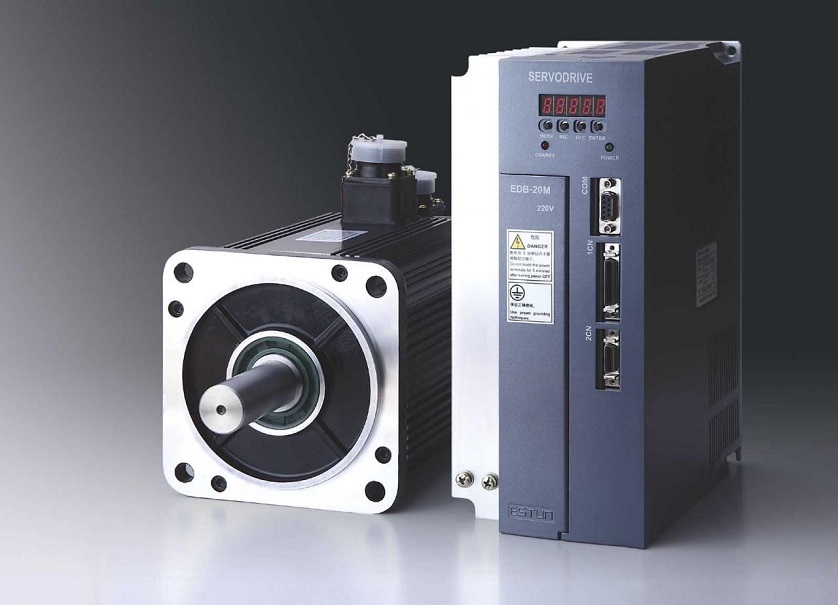The servo drive is a piece of equipment made to operate and power in conjunction with an electric motor. It uses AC or DC to give feedback and fix the errors when regulating the motions of the motor through user settings. This device is used in many industries and offers high levels of mechanical reliability because it operates together with the motor in a synchronized manner. Some of the industries the servo drive is used in are the automotive industry, marine, robotics, and aircraft industry.

In this article, I’ll talk about the servo drive basics and what types there are based on their appliances. Since they can be utilized in many applications, there’s much to know about them, but for the sake of keeping things simple and understandable and not get overwhelmed with too much information, we’ll discuss just the servo drive basics and most common applications.
The most basic types of servo consist of a small monitor, circuit board and a reduction gear inside of a “housing”. They are dependent on an outside power source and a potentiometer, or at least a variable resistor in order to establish control. The potentiometer is set by a person, and consequently, the servo will strive to keep the same settings regardless of outside forces.
The simplest of servos use three wires in order to establish control: power, command and ground. A pulse width modulation signal is then sent through the command wire and the width of the pulse defines the position. In order for the servo to hold the position, the pulse needs to be sent at a corresponding number of motions per second. After that is done, the servo will attempt to match the desired position and the actual position by turning the motor either right or left. It will attempt to adjust itself to all of the disrupting influences just so it can reach the desired position. This is all known as the closed loop control system.
The primary applications of servos are used on most things that have an electric motor. They can be used in robotics, navigation systems, aircraft control, camera auto focus, toy cars that use remote controls, etc. Manufacturers divide servo types based on their weight, durability and most importantly – size. They are divided into four sub-categories.
- Micro servo – They are small and inexpensive and are mainly used for toys and small hobby crafts. The fact that they are small, cheap and lightweight is what makes them perfect for these applications.
- Standard servo – Most typically used in larger hobby planes, remote control vehicles and smaller robots.
- Heavy servo – These are often found in small to medium robotics and are quite durable. These servos are broadly used for cars, smaller aircraft as well as law enforcement and military applications.
- Robotics servo – This type of servos are on top of the chain. They are used for commercial aircraft, cruise ships, spacecraft, large size robotics, etc. They are made of durable materials like titanium and are relatively more expensive.











